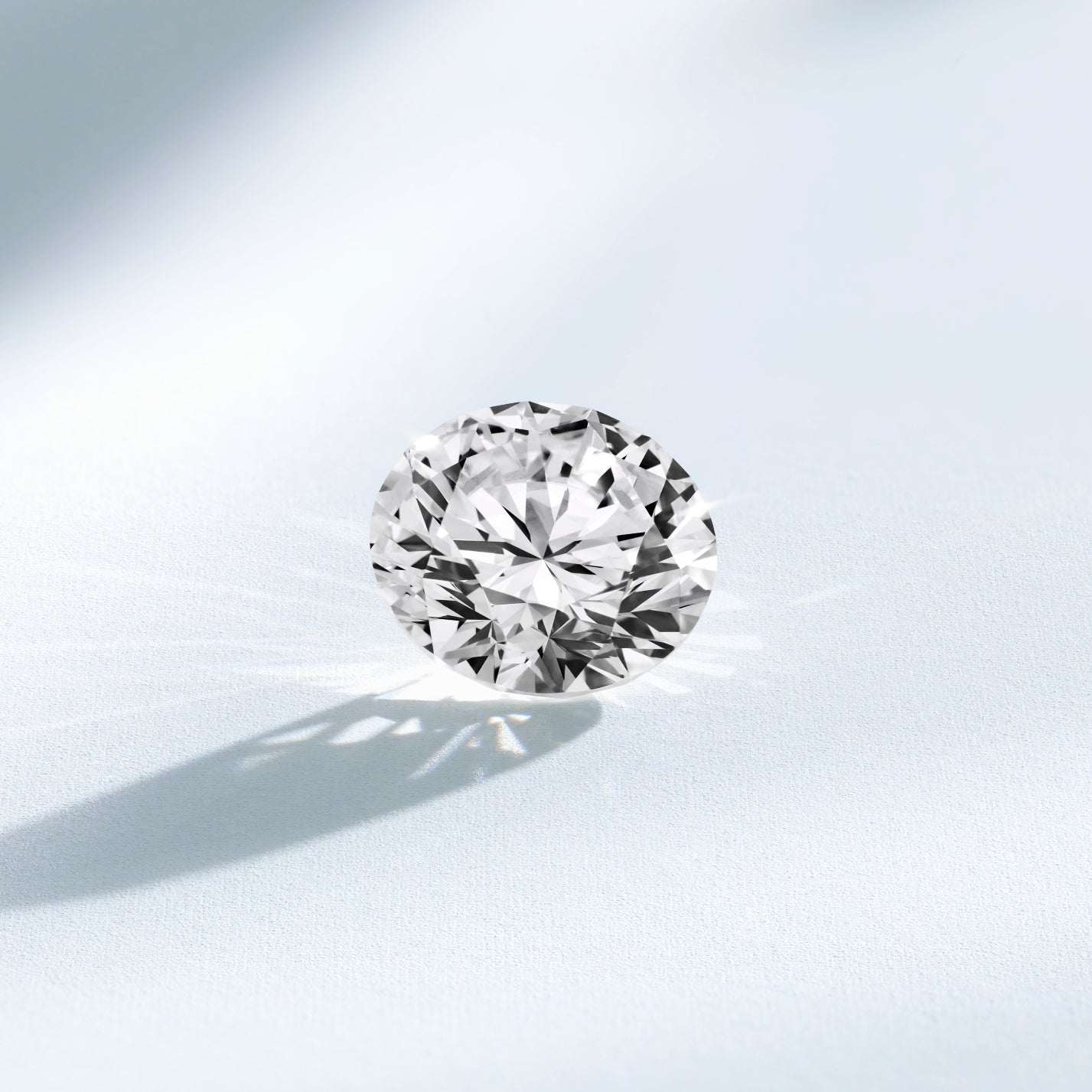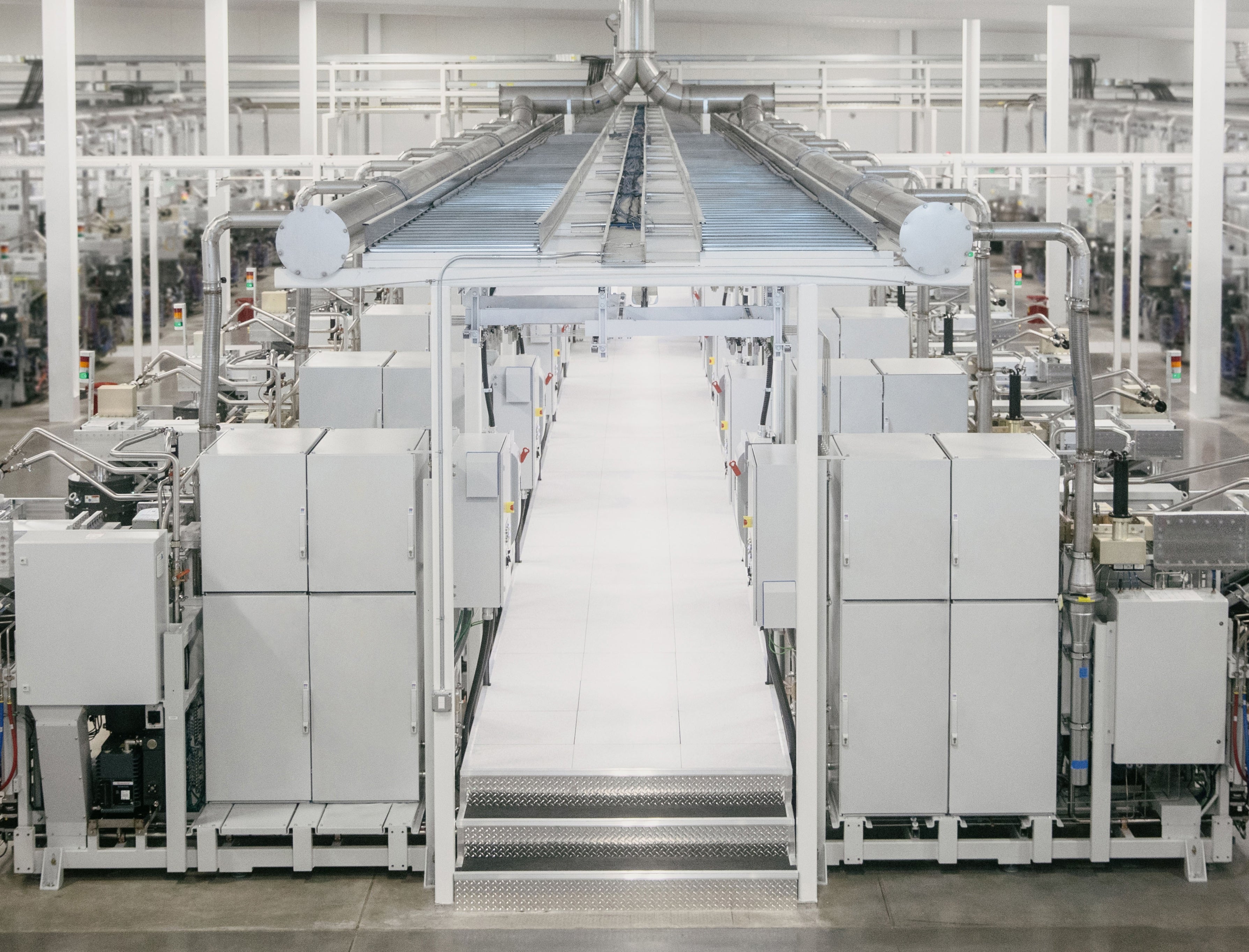What are lab-grown diamonds?
Lab-grown diamonds are diamonds that were grown by scientists in a lab. They share the same chemical makeup as natural diamonds, and are optically identical. The biggest differences between natural and lab-created diamonds are how they're made, and how rare they are.
Are lab-grown diamonds real?
Laboratory grown diamonds share an identical chemical make up to natural diamonds, both consisting of pure carbon in a cubic crystalline form. The difference between lab-grown diamonds and natural diamonds is how they are formed. Natural diamonds form below the surface of the earth over millions of years, whereas lab-grown diamonds can be created in a lab over a period of a few weeks. HatsFashion diamonds are grown to match the chemical properties of a natural diamond and the finished stone is optically identical. You can find more details on how they're made below.

Lab-grown diamonds are now becoming a popular alternative for many people, since they can have the same beauty and properties as a mined diamond and are often more affordable

How are lab-grown diamonds made?
There are a few methods used to create lab-grown diamonds. Typically, lab-grown diamonds start with a tiny lab diamond, like a seed. The seeds are placed in a chamber called a plasma reactor (in the case of CVD synthesis) or a large mechanical press (if manufactured by HPHT). Then, depending on the technology used, some combination of heat, pressure and a carbon source are used to make the crystals grow, layer by layer.
CVD stands for chemical vapor deposition
Lab-grown diamonds are diamonds that were grown by scientists in a lab.
They share the same chemical makeup as natural diamonds, and are optically identical.
The biggest differences between natural and lab-created diamonds are how they're made, and how rare they are.
HPHT stands for high pressure high temperature
This method mimics the conditions under which diamonds naturally form.
Large mechanical presses are used to apply extreme pressure and high temperature to carbon in the presence of a diamond seed.
The seeds act as a template for a lattice of carbon to a grow layer by layer over the course of a few days.
How long does it take to grow a diamond?
In nature, it takes millions of years for diamonds to form. In a lab, we can grow a one carat stone in about two weeks.
How do you make colored lab-grown diamonds?
One of the great advantages of lab-grown diamonds is that they can be made in an array of colors that are very rare when found in nature.
This is achieved by making changes in the gas mix added to the CVD reactor combined with treatments to these stones applied at the end of the synthesis process.
The process sounds simple, but it has taken our scientists thousands of hours to refine the process and create the perfect HatsFashion shades of light pink and blue every time.
Lab grown vs simulants
While they may look similar, diamond simulants (like cubic zirconia) are chemically not diamonds at all. They're completely different gems and materials. On the other hand, lab-grown diamonds are chemically the same as natural diamonds, but their creation process is sped up by science.

Lab-grown diamonds vs. Moissanite
- Moissanite is a completely different gem, that tends to be less expensive than a diamond. It started out as a naturally occurring mineral, but natural supply wasn’t enough to make even the smallest pieces of jewelry.
- Scientists then found a way to replicate it in a lab to make it commercially available.
- While it might look like diamond it’s a much lower grade on color and hardness.
Lab-grown diamonds vs. Cubic zirconia
- Cubic zirconia was created to be a less expensive alternative to diamonds. It’s chemically completely different, not as hard and lacks the same sparkle.
- It’s also not considered a gemstone because it can’t be found in nature.
- It’s made from powdered zirconium and zirconium dioxide, melted together and formed into a stone.

How are lab-grown diamonds graded?
Lab-grown diamonds can be graded in the same way as natural diamonds, by assessing the four C's of diamond quality: Cut, Color, Carat, Clarity. The GIA and IGI both offer dedicated reports using the same grading process as natural diamonds, whilst also specifying their origin as lab-grown. At HatsFashion we do not individually certify each stone as we believe it's unnecessary. We see one of the major benefits of lab-grown diamonds to be the ability to consistently create high quality stones, therefore we guarantee all our stones reach our quality standards without the added cost of a third party certification. You are of course welcome to have your HatsFashion stone graded post-purchase for your own peace of mind.
What do lab-grown diamonds cost?
At HatsFashion, all our lab-grown diamonds are priced at 800 USD per carat. Because each batch of our lab-grown diamonds is produced to the same standard, this means we can transparently price our carat weight in a linear way. In natural diamond pricing, the price goes up exponentially when a larger weight is combined with high quality cut, color and clarity as this increases a stones rarity and value. In lab-grown diamonds, this rarity is removed, meaning we can price our stones in a more affordable way, no matter the carat weight.
